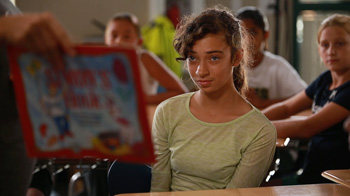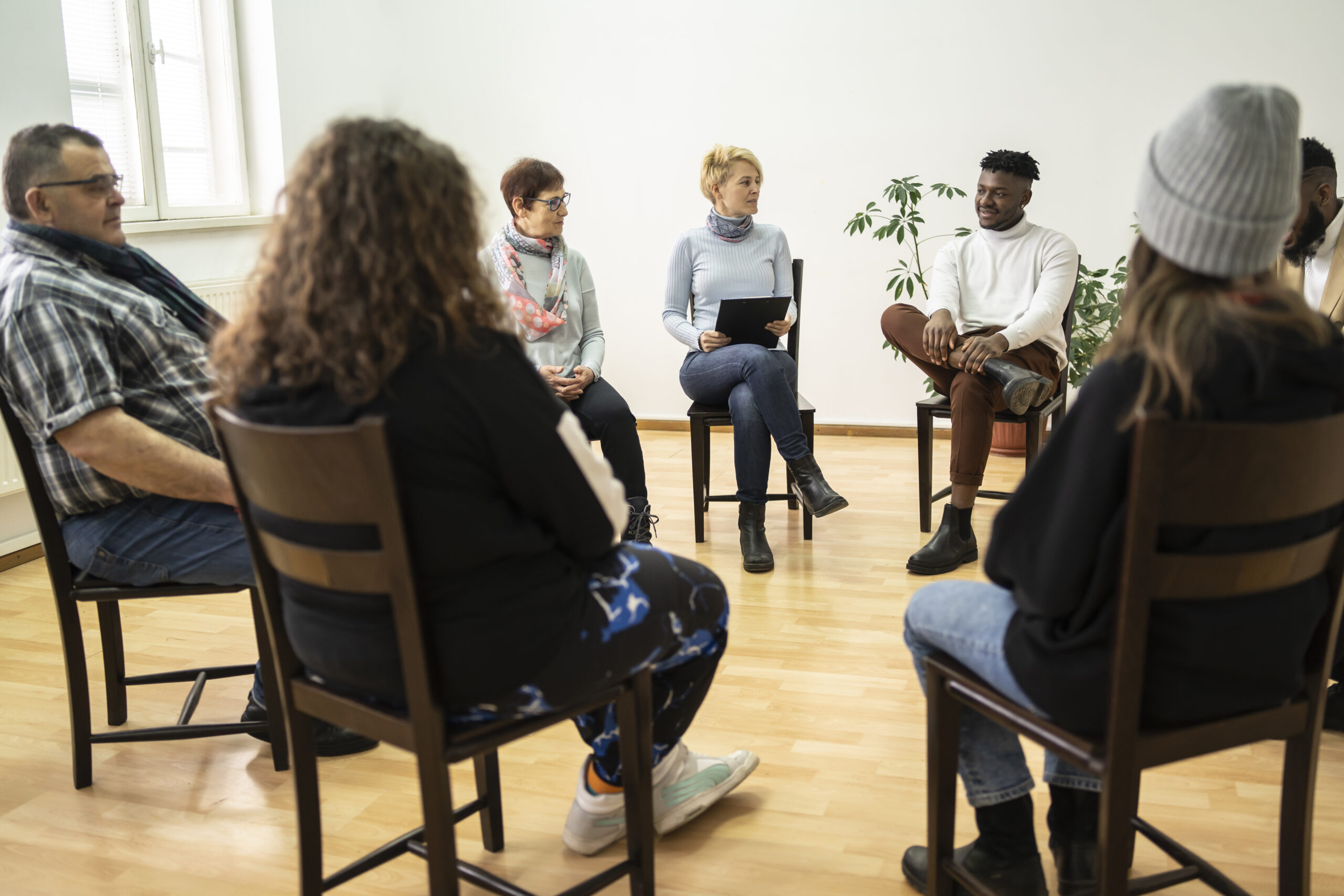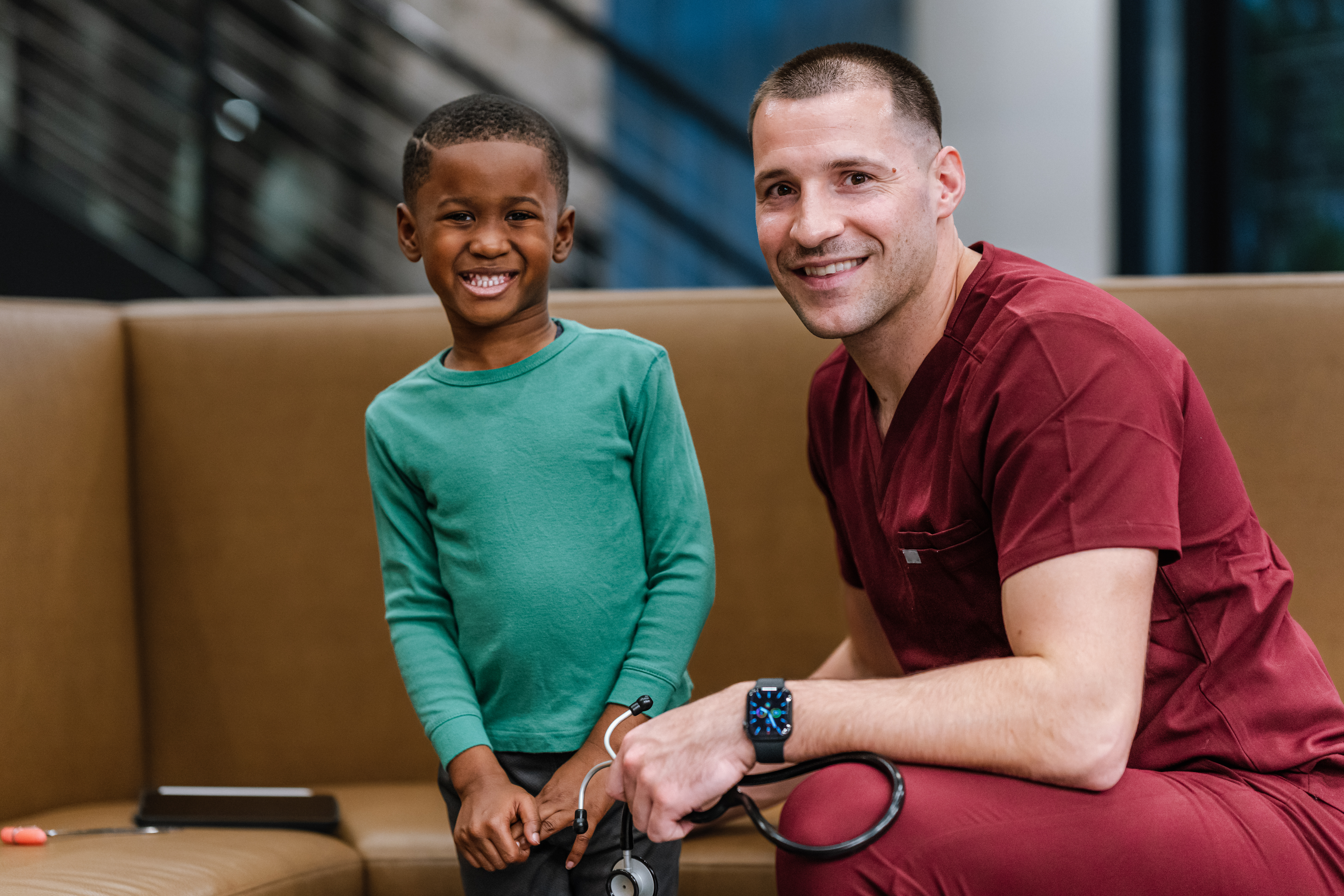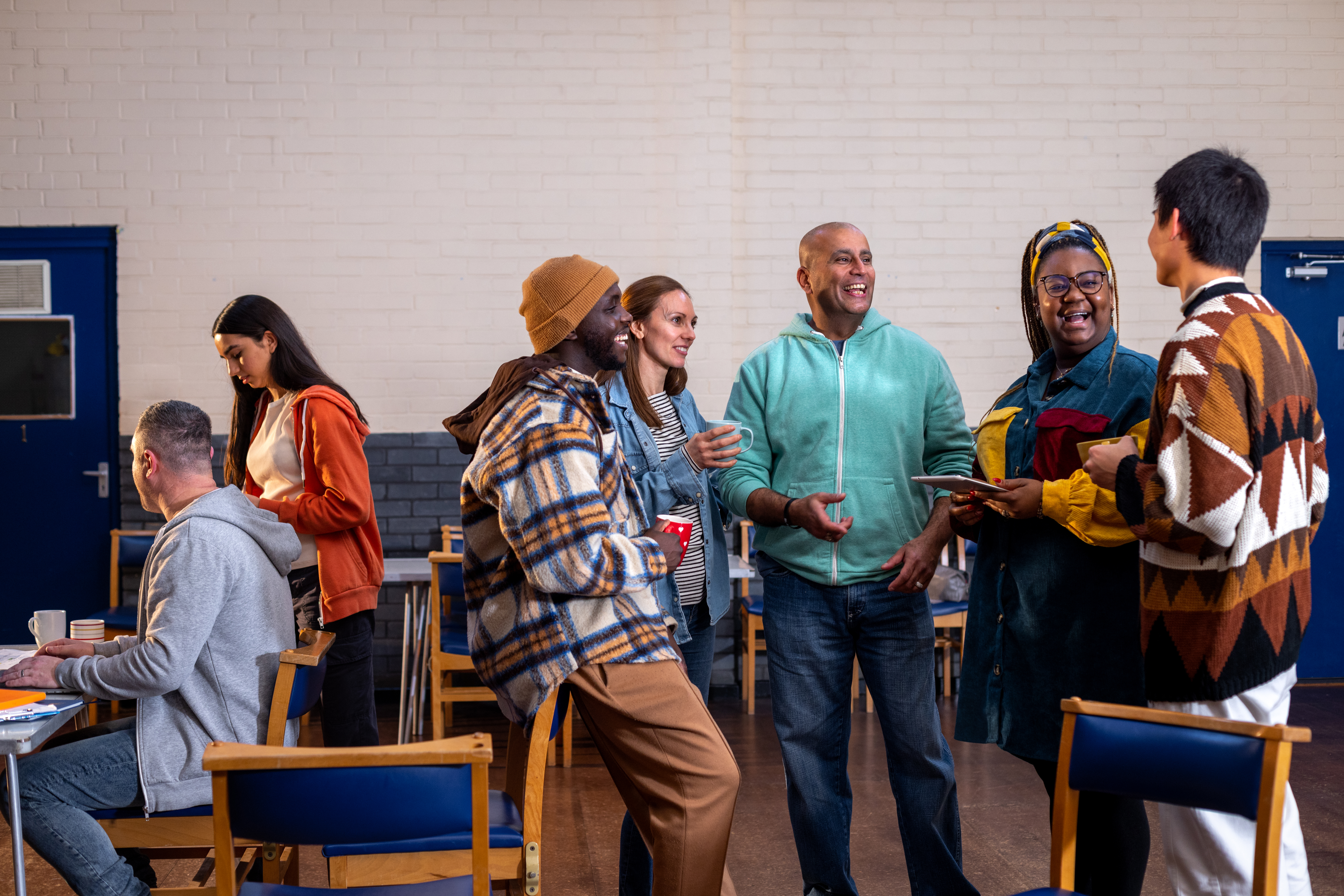Studies Show Lasting Impact of Bullying on Youth and Communities
While the problem of bullying may seem like it’s been around since time began, concern for bullying has been has become a hot issue in recent times. Perhaps it’s because cyberbullying has taken the age-old issue to a new, more insidious place. Or perhaps it’s because it affects the affluent and the poor alike, whether they’re living in small, rural towns or in large, urban cities. Today, nearly a third of school-aged youth are victims of bullying.
There’s a growing body of research that reveals that bullying can have serious, lasting effects. Kids who are bullied or witness another getting bullied are more likely to experience depression, anxiety, sleeplessness and changes in appetite. And they are more likely to skip class or drop out of school.
And the bullies themselves? Studies reveal bullies are more likely to abuse drugs and be convicted as criminals in adulthood. That’s alarming with 30% of U.S. students admitting to bullying others.
What is bullying?
 The Centers for Disease Control and Department of Education defines bullying as being “unwanted, aggressive behavior among school aged children that involves a real or perceived power imbalance. The behavior is repeated, or has the potential to be repeated, over time.”
The Centers for Disease Control and Department of Education defines bullying as being “unwanted, aggressive behavior among school aged children that involves a real or perceived power imbalance. The behavior is repeated, or has the potential to be repeated, over time.”
According to the national department of Health and Human Services, there are three types of bullying: 1) verbal, writing or saying cruel things; 2) social, harming reputation or relationships; and 3) physical, hurting body or possessions.
Support for youth and teens
While there is no silver bullet for addressing bullying, the most promising strategies approach the issue from several angles. One example is the “Expect Respect” a program provided by Project Cornerstone in California’s Silicon Valley. The organization focuses on improving school environments by working with students, parents and school staff.
“We want to make sure that kids feel empowered, that they know who to turn to for help, and that adults know how to respond appropriately to support them,” said Anne Ehresman, executive director of Project Cornerstone. She added that getting to young people early on is essential. “If we can develop social and emotional skills at an early age, we’re going to reduce violent outcomes in the future.”
Kaiser Permanente supports Project Cornerstone through its community investments. Last year the organization provided more than $4 million to violence prevention programs and services across Northern California and through its Thriving Schools initiative.
We all can play a role in preventing bullying by modeling kindness and respect and encouraging the young people in our lives. Parents, teachers, concerned community members can find wealth of bullying prevention resources on stopbullying.gov
Here’s a video that shows the difference Project Cornerstone is making in the lives of thousands of school children each year.



